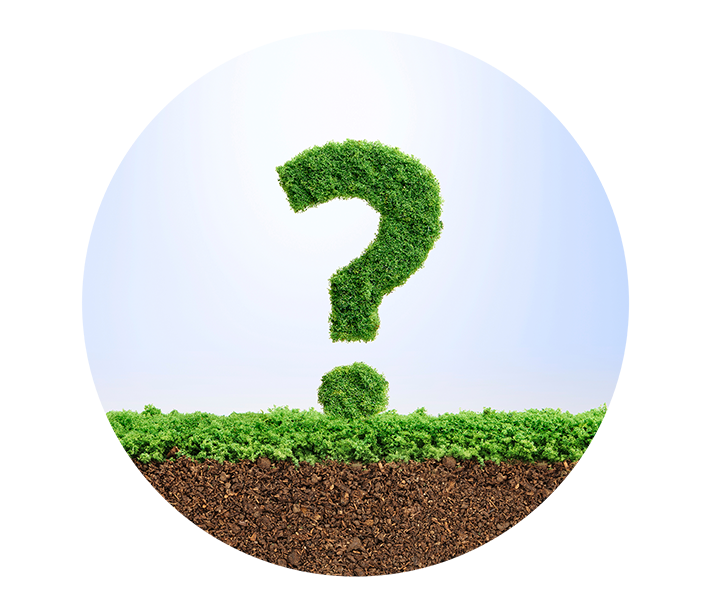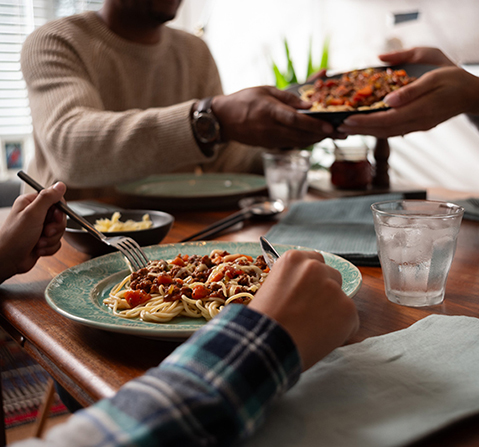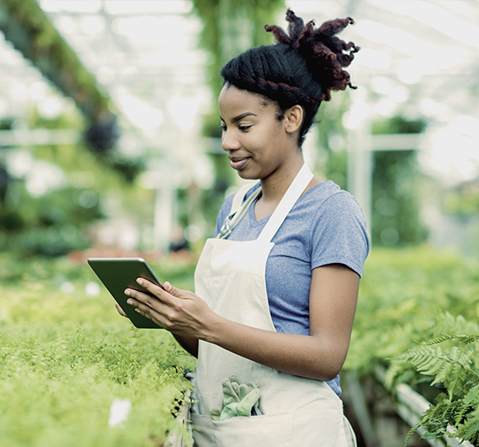Barry Balsom nurtures nature’s pollinators to help his orchard grow
One of Barry Balsom’s favourite pastimes is sitting on the porch in the summer with his wife Carol, looking over their orchard under a full moon. It offers a rare moment of quiet: Arlington Orchard on Prince Edward Island is usually buzzing, quite literally, with thousands of native pollinators. It wasn’t always like that, though. Barry had to work to get his orchard abuzz.
A pollination problem

Apples require the pollination services of bees to produce the fruit we all know and love. While the Balsoms’ family orchard did have native bees, shifting weather and changes to the Island’s landscape were impacting their food and habitat. Barry began to notice a drop in native bee activity. To help his local native bee population with the crop pollination, he rented hives of honey bees—a common agricultural practice on PEI and across Canada.
Barry began to ponder how he could support the native bees that already worked the orchard and surrounding landscape. Honey bees were not always available, and he saw an opportunity to build sustainable pollination into the fabric of his farm and fulfil his responsibility to the environment and the future generations who will run the business.
“We need to preserve our native bees in PEI and Canada,” he says. “The climate is changing—how can we adapt our native bees? While I am doing the best with the knowledge that I have, am I doing the right things?” To get some answers, Barry invited some new guests into his orchard: federal scientists – and he couldn’t bee-lieve what they found!
Busy as a bee

Together, Barry and Steve Javorek, a government research biologist, began identifying the native bees in the orchard and surrounding habitats – and they discovered over 60 species, each with its unique habitat and food. If Barry provided them with a diversity of nesting sites and food sources, he might be able to increase both the quantity and diversity of bees in his orchard. That way, he could pollinate his apple crop while also protecting the local environment.
Looking at this new scientific evidence, Barry took action to protect his pollinators. First, he planted a line of trees, or shelterbelt, to break the strong winds that blow on the orchard and to serve as a refuge for the native bees. He experimented with a number of different species of trees that could provide the bees both flowers for food and holes for nesting. He also planted perennial flowers along the shelterbelt to provide a variety of pollen and nectar sources to feed the bees over the entire season. Beyond the changes to the landscape, the Balsoms and their team at Arlington Orchards factor native bees into all their business decisions, from the big – introducing new varieties of trees or adding buildings to the orchard – to the small – leaving wild flowers to grow in the parking lot.
The results have been amazing. The orchard is now pollinated 100% by native PEI pollinators, while attracting other beneficial insects such as butterflies, beetles and wasps. It’s a point of pride for Barry, who believes his experience can inspire others, and show them how protecting the environment for future generations can also make great business sense.
But mostly, he appreciates how his micro-sized business partners have buzzed new life into the orchard to keep it healthy for generations to come. “In the summer, I enjoy sitting under the blossom trees and not moving for 10 minutes,” he says. “You actually hear the orchard humming. It is a marvelous thing.”




How can I help support my local pollinators?
Bumblebees are probably the most recognized pollinator, but there are many other pollinators hard at work on farms and in your garden — including native bees, butterflies, beetles, flies and even some wasps. And don't forget the night shift — moths and some tropical bats are pollinators, too. Read tips from scientists at Agriculture and Agri-Food Canada to learn how you can support your local pollinators.







